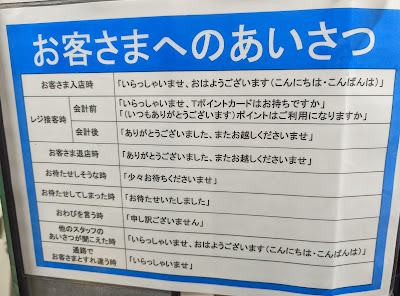The confusing part of Japanese: Transitive verbs 他動詞 VS. Intransitive verbs 自動詞
Transitive verbs 他動詞
Transitional verbs in Japanese stress that someone or animal or something else must have participated in this action, eventually leading to the current state.
For example:
ドアを開けた。(Transitive verb)
Intransitive verbs 自動詞
Transitive verbs emphasize the state change but don't know who changed the state. The things that change this state may be people, animals, or others. In short, We don't know.
For example:
ドアが開いた。(Intransitive verb)
In Conclusion
Best way to distinguish:
If the particle is "を," this is a transitive verb.
If the particle is not "を," this is an intransitive verb.
Why do I say "is not 'を'"?
Because you can also use "は."
In fact, we know the difference between "が" and "は."
"が" means to use when stating the facts, and "は" means to compare with others. "は" emphasizes the content behind it, and "が" emphasizes the content before it.
What do I think?
Unlike Japanese, we usually use tones to indicate which part is important, but Japan directly uses particles to tell which part is essential.
The tone of Japanese puts more emphasis on outputting feelings. And this is why we can feel more characters' emotions in Japanese Anime.
But, Why should a Japanese verb be classified into "someone involved" and "nobody involved"?
I think it's too troublesome. Because the same Kanji can at least have two verbs with the same meaning. Such as "届く" and "届ける," "開く" and "開ける", "消える" and "消しる".


Comments
Post a Comment